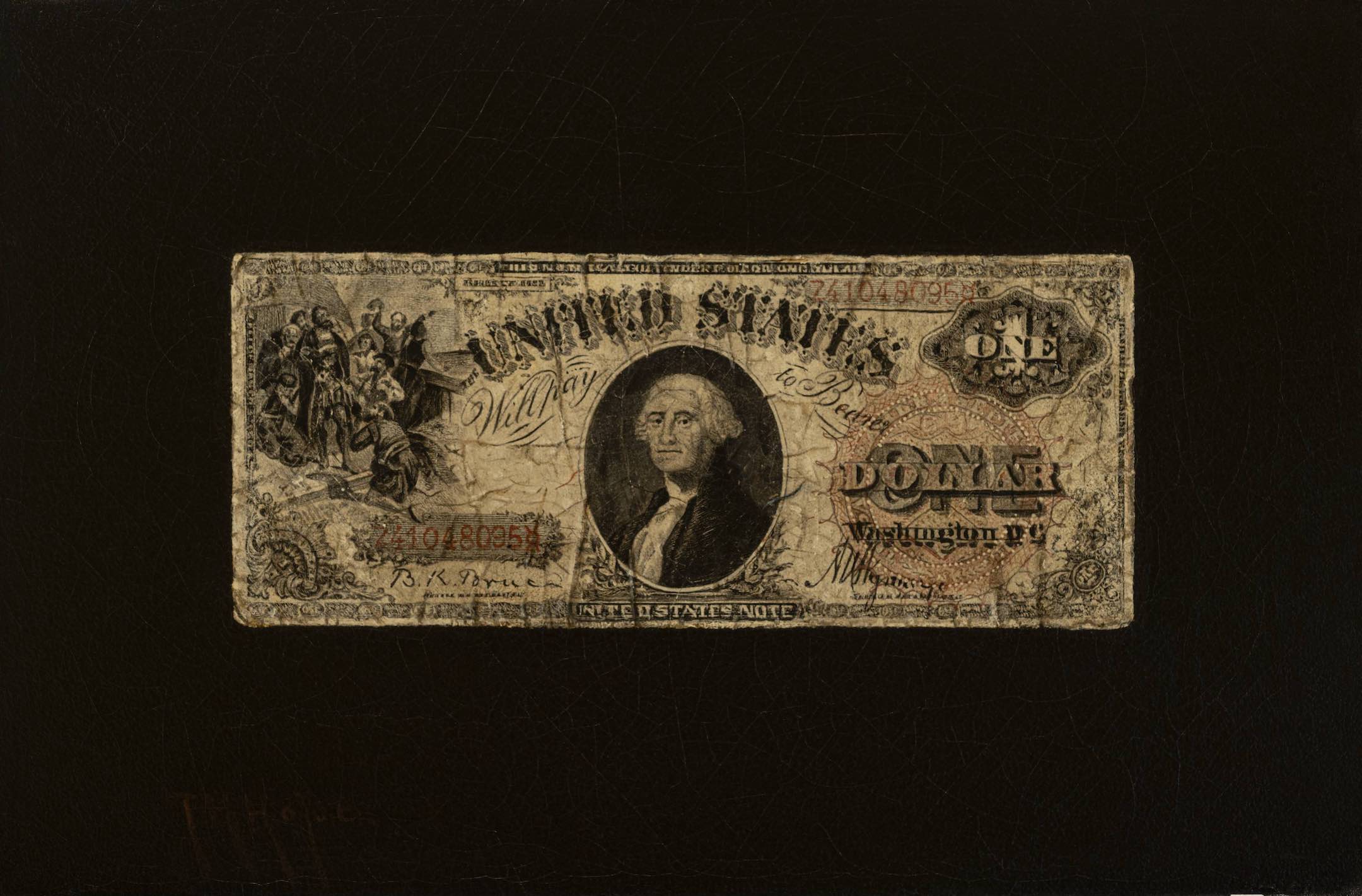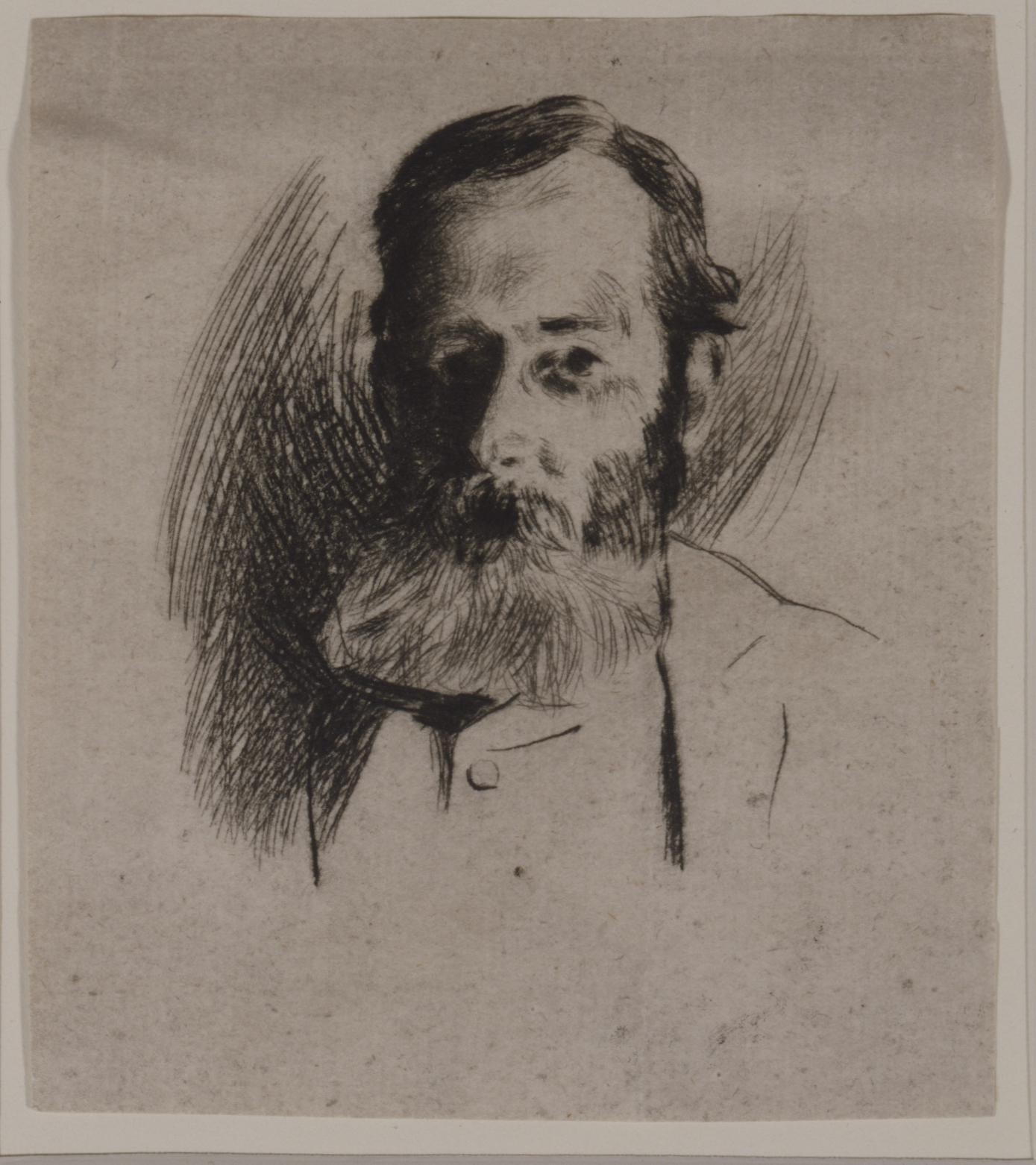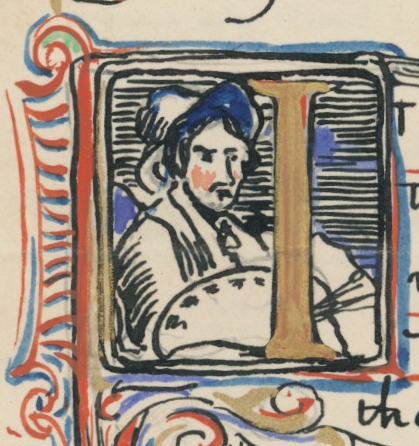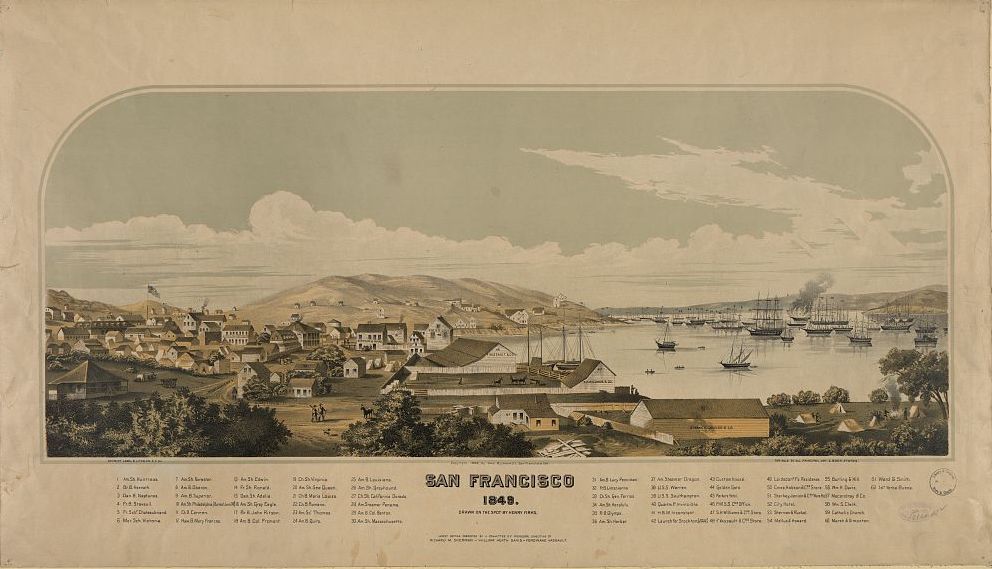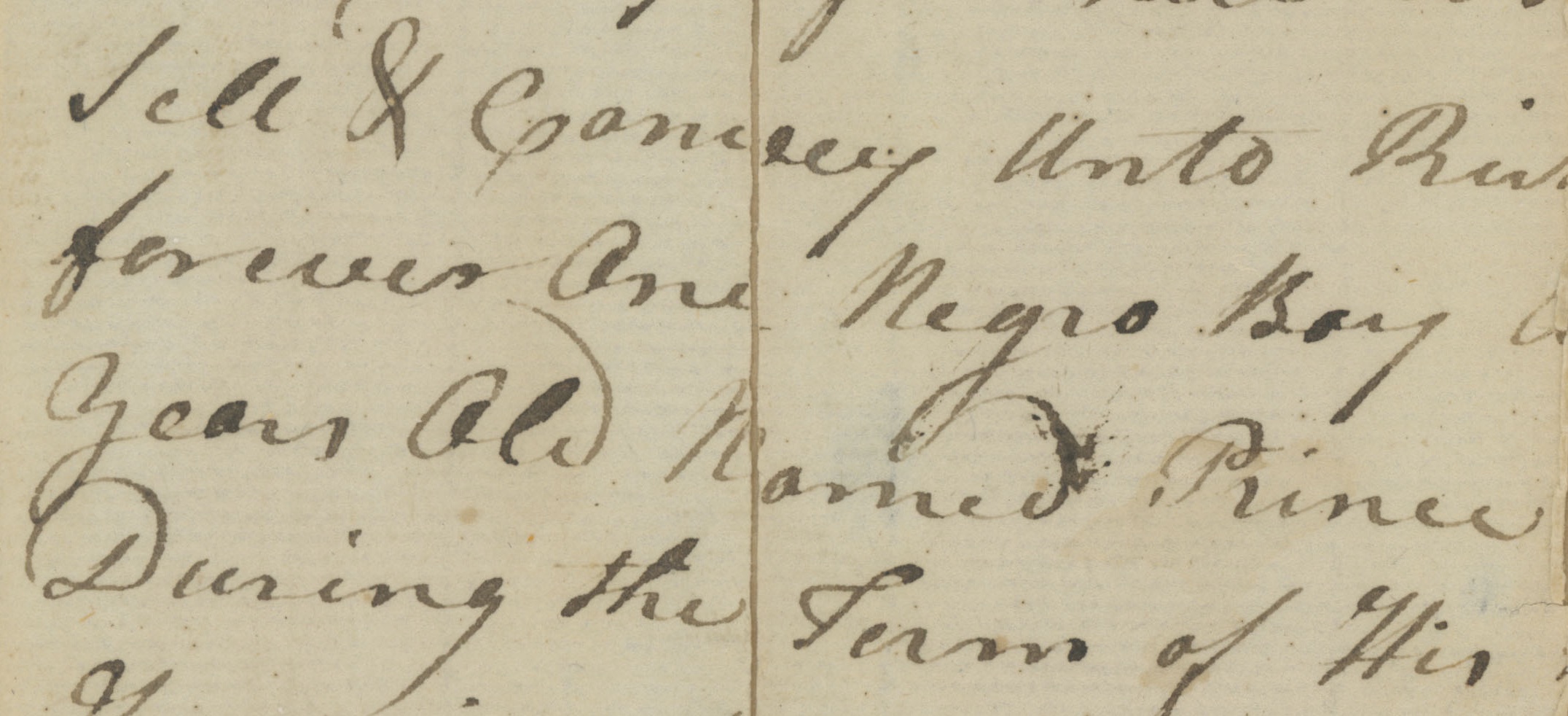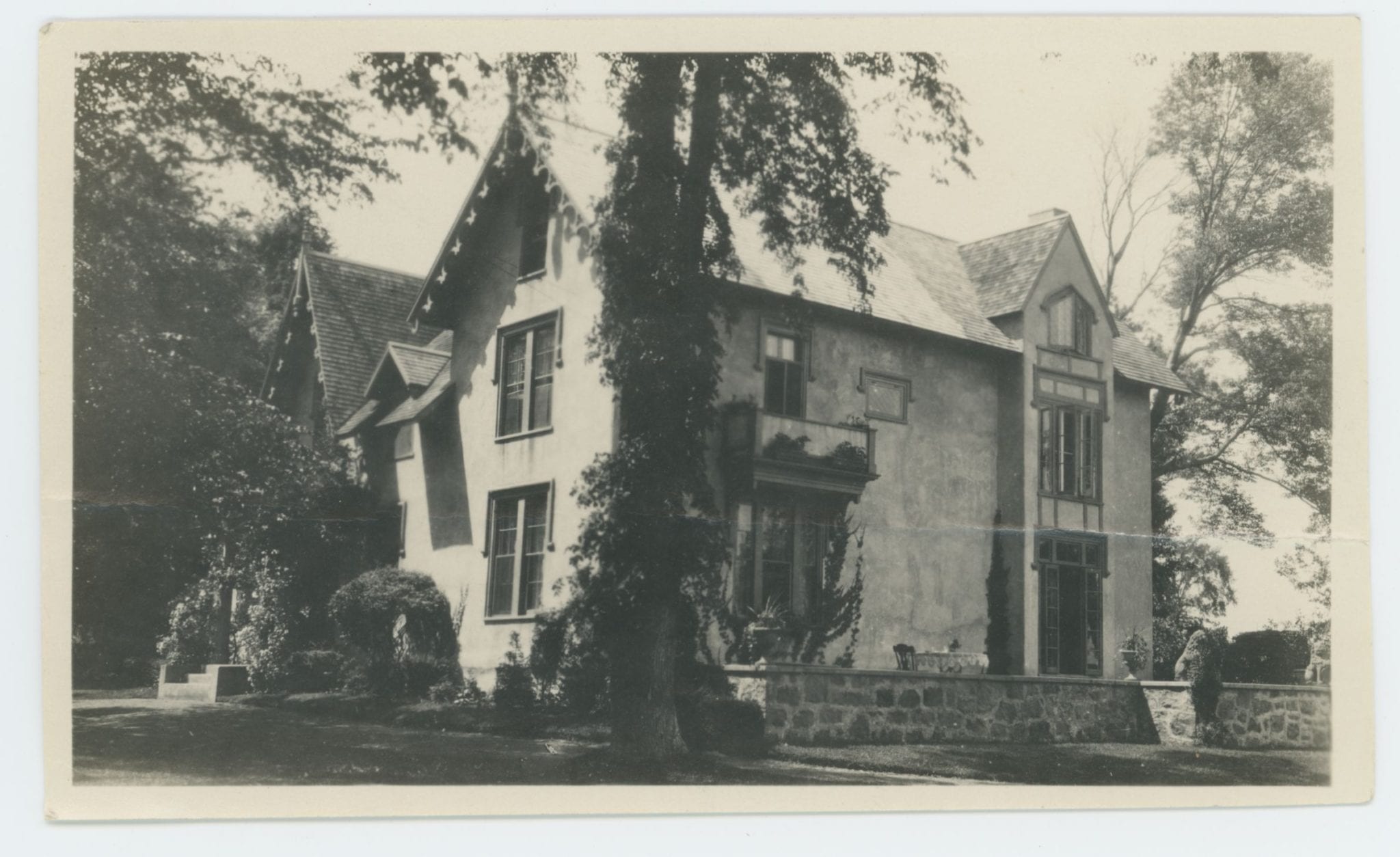
By Patty Devoe
Featured Image: Garden Roads. Chadwick Papers, Lyme Historical Society Archives at the Florence Griswold Museum
Open the liquor cabinet of Susan Platt Hubbard at Garden Roads Cottage in Old Lyme in 1918 and one would find cherry bounce, a homemade cordial popular since colonial times. Mrs. Hubbard was living in the rental cottage previously occupied by her son, Lyme Art Colony artist Platt Hubbard, and his friend Walter Magee, who were then in France working for relief organizations during World War I. Susan Hubbard and her husband Hermon Hubbard wrote many letters to Platt and Walter while staying in the cottage. In one letter written to Walter Magee on September 19, 1918, Mrs. Hubbard mentioned serving cherry bounce to her neighbors.
“The Trowbridges came up Friday evening as we were finishing dinner,” she wrote, “and drank some of our new cherry bounce and pronounced it good, although it was not made in the proper Connecticut way which is with rum for the bounce instead of brandy as I made it.” Elford P. Trowbridge, a New Haven manufacturer, and his wife Bertha Chadwick Trowbridge, spent summers in the lavishly refurbished house where she grew up on Ferry Road, named “Garden Roads.” The charming cottage next door, which later served as the Wishing Well Tea Room, was part of the Trowbridges’ expansive estate.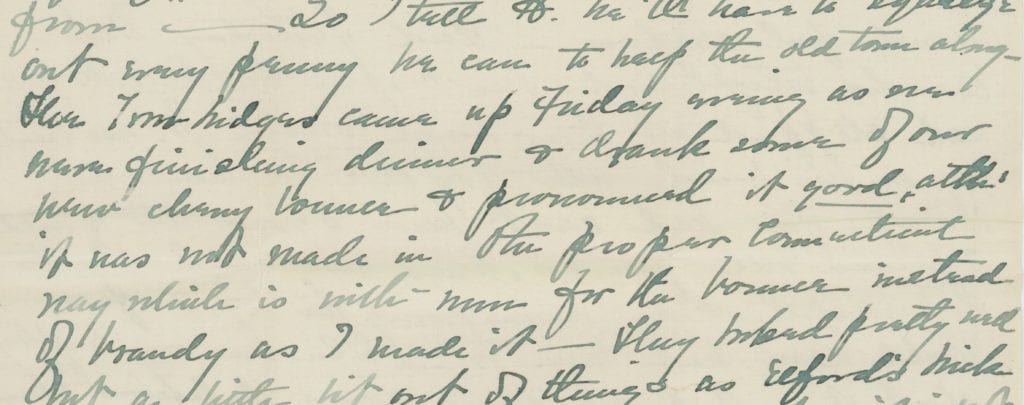
Susan Platt Hubbard to Walter Magee (September 19, 1918). Platt Hubbard Collection, LHSA
The history of cherry bounce reaches back to the 18th century when it was touted for its medicinal value and served at room temperature, often with or following dessert. The basic recipe included a distilled spirit, rum being preferred in Connecticut with brandy or whiskey used in other parts of the country, along with sugar and a generous amount of crushed cherries, pits and all. The mixture would be crafted in late July and August when the fruit was harvested, then allowed to steep for several months. Once filtered, it was ready to serve.
George Washington was known to be very fond of the drink and included cherry bounce in his provisions list when traveling. His wife Martha left a handwritten recipe for “Excellent Cherry Bounce” among her personal papers at Mount Vernon. Her version, like Mrs. Hubbard’s, used brandy instead of whiskey or rum:
Extract the juice of 20 pounds well ripend Morrella cherrys. Add to this 10 quarts of old french brandy and sweeten it with White sugar to your taste. To 5 gallons of this mixture add one ounce of spice such as cinnamon, cloves and nutmegs of each an Equal quantity slightly bruis’d and a pint and half of cherry kirnels that have been gently broken in a mortar. After the liquor has fermented let it stand close-stoped for a month or six weeks then bottle it, remembering to put a lump of Loaf Sugar into each bottle.
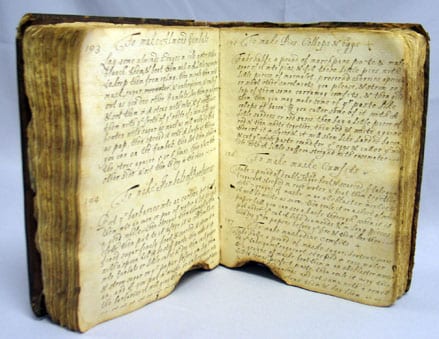
Martha Washington, Booke of Cookery and Booke of Sweetmeats. Courtesy of Historical Society of Pennsylvania
In the early twentieth century, the homemade cherry cordial was still a popular drink in New England and in the South and Midwest. The White House Cook Book, A Comprehensive Cyclopedia of Information for the Home by Hugo Ziemann and Mrs. F.L. Gillette, published in 1913, included a recipe for cherry bounce made with whiskey, and The Boston Cooking School Magazine in 1908 offered a recipe made with rum.
Susan Platt Hubbard had moved to Old Lyme from her native Ohio and noted that she did not make cherry bounce “in the Connecticut way” but used brandy instead of rum. She also remarked in her September 19th letter to Walter Magee that doing her own cooking in 1918 was her way of contributing to the war effort. “I preferred to do my own war work in my own kitchen,” she wrote, “and if I was not releasing a girl for a munition factory, she did not have my work as an excuse not to go.”
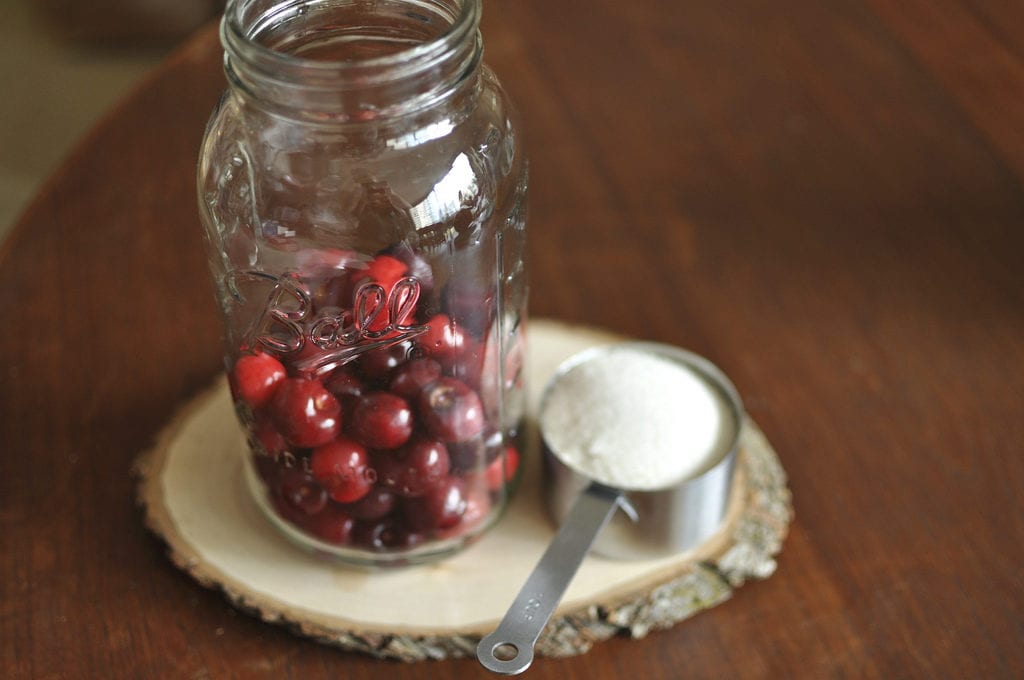
Special thanks to Kerry Caparco, Reference Librarian at Johnson and Wales Harborside Library, for her generous research support. For further information see Steven Grassie, Colonial Spirits (New York, 2016); Louise Conway Belden, The Festive Tradition: Table Decoration and Desserts in America (New York, 1983); Karen Hess, ed., Martha Washington’s Booke of Cookery and Booke of Sweetmeats (New York, 1996).

